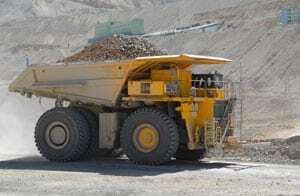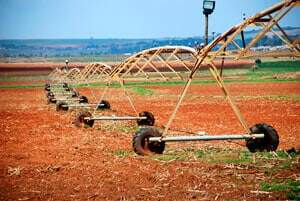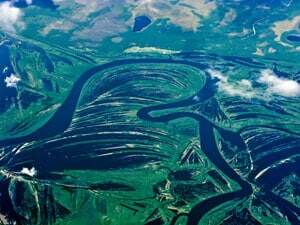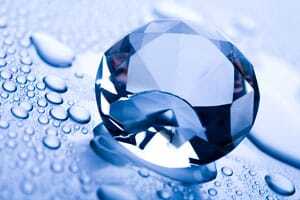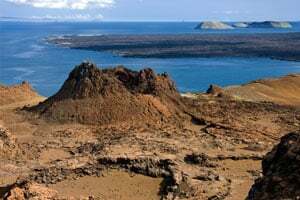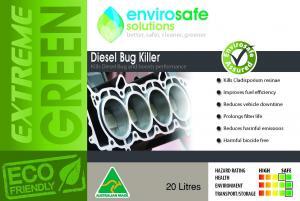 Like most of you, Envirosafe Solutions has monitored and followed the events of the massive tsunami that hit Japan on the 11th March 2011. Not only were whole communities wiped out, but the tsunami led to a series of chain events and reactions, one of which was the demise and destruction and leaking of the Fukushima Power Plant. Envirosafe Solutions has provided regular updates on the Fukushima situation and today provides new information for you to consider.
Like most of you, Envirosafe Solutions has monitored and followed the events of the massive tsunami that hit Japan on the 11th March 2011. Not only were whole communities wiped out, but the tsunami led to a series of chain events and reactions, one of which was the demise and destruction and leaking of the Fukushima Power Plant. Envirosafe Solutions has provided regular updates on the Fukushima situation and today provides new information for you to consider.
On July 10, Japan’s Prime Minister announced that the decommissioning of the crippled Fukushima Plant could well take decades. “It is now expected to take 3, 5 or 10 years to control it and even several decades until the accident settles finally,” he said.[1] The cleanup had also been suspended In June because of high radiation and safety concerns, and this has continually slowed down the cleanup effort.
It will also take several decades before the reactors can be dismantled, which means the whole area is effectively a barren and deserted wasteland for the next twenty to thirty years.
At this stage, the Japanese government is also attempting to develop a long tern revised roadmap for dealing with the site and the issue.
Satellite imagery before and after shots over the Fukushima plant site can now be viewed online, and these show the clear extent of devastation the plant experienced.
Radioactive caesium in Tokyo water
The ABC also reported on July 4 that radioactive caesium has now been found in tap water in Tokyo. With a half life of 30 years, it is extremely toxic. The contaminated water –containing caesium 137 – was found in samples from the Shinjuku ward. While authorities are stating the levels are well below the maximum safety limit, residents in the area are not happy about it.[2]
The same toxic caesium has also impacted various sewage systems in Japan. Sludge from a treatment plant in Fukushima has been detected and radioactivity has also been found in sewage in the nation’s capital. Japanese authorities are now surmising that some of the radioactive material from the stricken Fukushima reactor may have seeped into sewage pipes, eventually accumulating in treatment facilities.
Disaster Rating
The severity rating of the Fukushima disaster was initially downplayed. But in recent weeks, the Fukushima incident has been rescaled to a level 7 which means it is now on par with the disaster level for Chernobyl. Chernobyl is of course the world’s worst ever civilian nuclear accident, which dispersed radioactive material over much of Europe and even beyond. Radiation zones have also now been extended beyond the 20 km exclusion zone because of increased risk.
Envirosafe Solutions is well aware of the dangers that chemicals and toximaterials can pose to the atmosphere, to water supplies and to the environment. That is why we have worked hard to develop a safer alternative to many of the liquid industrial and cleaning products on the market today. All the Envirosafe products come with their own specially devised safety rating and with a comprehensive labelling that allows you to know exactly what you are using. For more information please call one of the Envirosafe Solutions sales team on 1300 889070.
[1] http://www.abc.net.au/news/2011-07-10/Japan-says-plant-clean-up-will-take-decades/2788632
[2] http://www.abc.net.au/news/2011-07-04/radioactive-caesium-found-in-tokyo-tap-water/2782128












